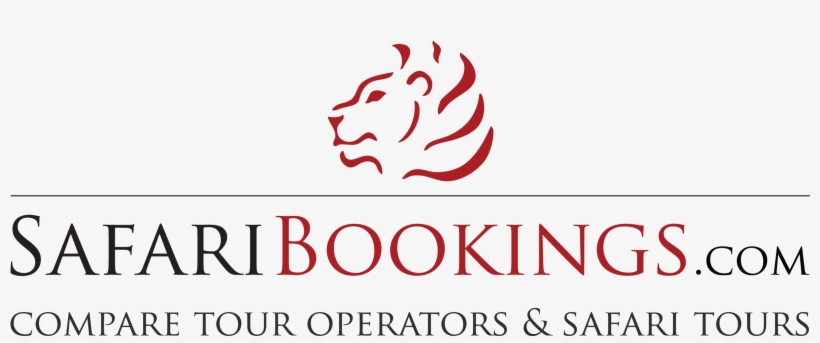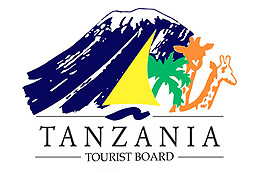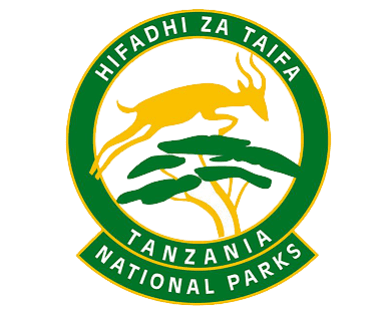Historical Context of Wildlife Conservation in Tanzania
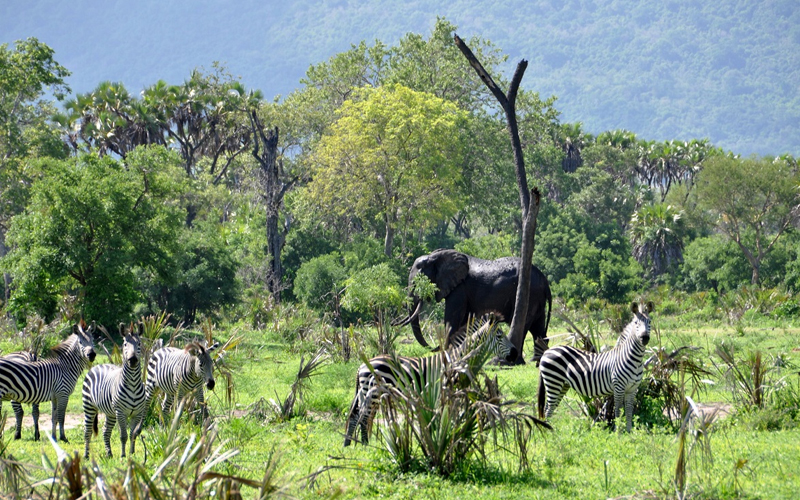
- Initial Protections: During the colonial period, the first game reserves were established to protect wildlife from overhunting. The Selous Game Reserve, founded in 1922, is one of the earliest examples.
- Regulations: The introduction of hunting regulations and the establishment of national parks, such as Serengeti in 1951, marked the beginning of formal wildlife protection.
- National Focus: After gaining independence in 1961, Tanzania placed a greater emphasis on conservation, recognizing its value for both biodiversity and tourism.
- Creation of Protected Areas: The government expanded existing parks and established new ones, increasing the area dedicated to wildlife conservation. Notable additions include the Ruaha and Katavi National Parks.
Key Wildlife Conservation Strategies
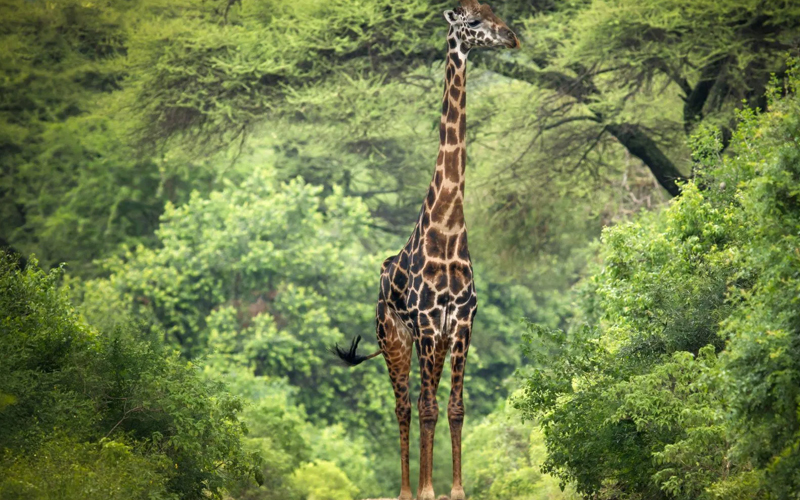
- Overview: Tanzania has set aside over 38% of its land for wildlife conservation, one of the highest proportions in the world.
- Significant Parks: Serengeti National Park, Ngorongoro Conservation Area, and Selous Game Reserve are key areas for conservation and tourism.
- Benefits: Protected areas provide safe habitats for wildlife and generate tourism revenue that supports conservation efforts and local economies.
- Involvement of Local Communities: Programs that involve local communities in conservation efforts ensure they benefit from wildlife tourism, promoting sustainable practices and reducing human-wildlife conflicts.
- Wildlife Management Areas (WMAs): Designated areas where local communities manage wildlife resources and share in the revenue generated from tourism. These areas empower communities to become stewards of their environment.
Anti-poaching and Law Enforcement
Anti-Poaching Units- Ranger Patrols: Deployment of well-trained rangers to patrol protected areas and combat poaching. These rangers often work in dangerous conditions to protect wildlife.
- Use of Technology: Drones, GPS tracking, and camera traps are used to monitor wildlife and deter poachers. These technologies help rangers cover larger areas more effectively.
- Legal Framework: Implementation of tougher penalties for poaching and illegal wildlife trade, making these activities less attractive to criminals.
- Prosecution: Improved legal processes ensure that poachers are swiftly brought to justice, which acts as a deterrent to others.
Conservation Programs and Projects
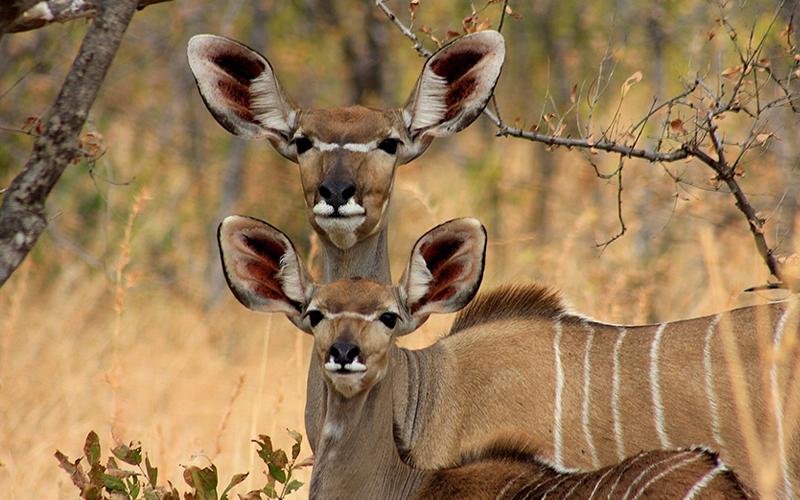
- Connectivity: Establishment of wildlife corridors to connect fragmented habitats and allow for seasonal migrations, which are crucial for species such as wildebeest and elephants.
- Examples: Corridors linking Serengeti to Maasai Mara in Kenya and Ruaha to Selous Game Reserve help maintain genetic diversity and ecological balance.
- Focus on Vulnerable Species: Specific programs aimed at protecting endangered species such as elephants, rhinos, and wild dogs. These initiatives often involve habitat protection, anti-poaching measures, and community engagement.
- Breeding Programs: Captive breeding and reintroduction projects for critically endangered species. For example, black rhinos are bred in controlled environments and then reintroduced to the wild.
Research and Monitoring
Scientific Research- Data Collection: Continuous research to gather data on wildlife populations, health, and behaviors. This information is vital for making informed conservation decisions.
- Partnerships: Collaboration with international research institutions and universities enhances the quality and scope of research.
- Ecosystem Health: Monitoring the health of ecosystems to detect changes and threats early. This includes tracking the impacts of human activities and natural events.
- Climate Change Adaptation: Research on the impacts of climate change on wildlife and ecosystems, and development of adaptation strategies to mitigate these effects.
Community Involvement and Education
Environmental Education Programs- Awareness Campaigns: Programs to educate local communities and tourists about the importance of conservation and sustainable practices. These campaigns often include workshops, school programs, and media outreach.
- Benefits to Communities: Educating communities about the benefits of conservation helps build support for these efforts. When people understand how they can benefit economically from wildlife tourism, they are more likely to engage in conservation activities.
International Collaboration and Support
Global Partnerships- International Funding: Collaboration with international organizations and governments provides funding and expertise for conservation projects. Examples include the World Wildlife Fund (WWF) and the United Nations Development Programme (UNDP).
- Knowledge Exchange: Sharing knowledge and best practices with other countries and conservation groups helps improve the effectiveness of Tanzania’s conservation efforts.
- Cross-Border Initiatives: Programs that involve neighboring countries in joint conservation efforts, such as the Serengeti-Mara ecosystem shared with Kenya. These initiatives ensure that conservation efforts are coordinated and effective across borders.
- Shared Resources: Pooling resources and knowledge to tackle common challenges, such as poaching and habitat fragmentation.
Economic Impact of Wildlife Conservation
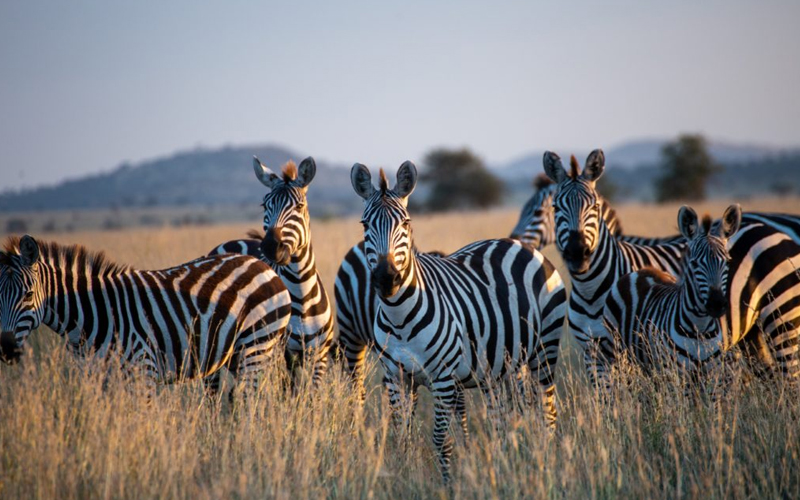
- Economic Benefits: Wildlife tourism is a major source of revenue for Tanzania, providing funding for conservation and supporting local economies. National parks and game reserves attract millions of visitors each year.
- Sustainable Tourism: Promoting sustainable tourism practices ensures that tourism benefits both the environment and local communities.
- Employment Opportunities: Conservation and tourism create jobs for local communities, from park rangers and guides to hospitality and service industry positions. This economic incentive encourages communities to support conservation efforts.
- Capacity Building: Training and development programs help locals acquire skills and knowledge needed for conservation and tourism-related jobs.
Challenges to Conservation
Poaching and Illegal Wildlife Trade- Ongoing Threats: Despite efforts to combat poaching, it remains a significant threat to Tanzania’s wildlife. The illegal trade in ivory and rhino horn continues to drive poaching activities.
- Economic Drivers: Poverty and lack of alternative livelihoods drive some individuals to engage in poaching.
- Encroachment: The expansion of human settlements and agriculture into wildlife habitats leads to conflicts between humans and wildlife. This can result in the destruction of crops and property, as well as harm to both humans and animals.
- Mitigation Strategies: Implementing strategies to mitigate these conflicts, such as building wildlife-proof fences and creating buffer zones around protected areas.
Future Directions for Conservation
Innovative Technologies- Advanced Monitoring: Use of advanced technologies such as satellite imagery, remote sensing, and AI to monitor wildlife and habitats more effectively.
- Smart Conservation: Integrating technology with traditional conservation methods to enhance efficiency and effectiveness.
- Balancing Conservation and Development: Promoting sustainable development practices that support both conservation and economic growth. This includes eco-friendly infrastructure and responsible tourism practices.
- Community Empowerment: Empowering local communities to take an active role in conservation and benefit from sustainable development initiatives.
Tanzania’s wildlife conservation efforts are multifaceted and involve a combination of government initiatives, community involvement, international collaboration, and innovative technologies. While significant challenges remain, the commitment to preserving Tanzania’s rich biodiversity and unique ecosystems is strong. By continuing to invest in and improve these conservation strategies, Tanzania can ensure that its wildlife heritage is protected for future generations.
FAQs
What are the main threats to wildlife in Tanzania? The main threats include poaching, habitat loss, human-wildlife conflict, and the impacts of climate change. How does community-based conservation work in Tanzania? Community-based conservation involves local communities in managing and benefiting from wildlife resources, often through Wildlife Management Areas (WMAs). What is the role of technology in wildlife conservation? Technology aids in monitoring wildlife, deterring poachers, and conducting research. Tools like drones, GPS tracking, and camera traps are commonly used. How does tourism support conservation in Tanzania? Tourism generates revenue that funds conservation projects and supports local economies, providing incentives for communities to protect wildlife. What can tourists do to support conservation efforts? Tourists can support conservation by choosing eco-friendly lodges, respecting wildlife and habitats, and contributing to conservation programs. For an all-encompassing Tanzanian adventure, explore the following topics on our page: Visit our page for detailed information and tips to ensure you are well-prepared and make the most of your hiking, trekking, and safari experiences in Tanzania.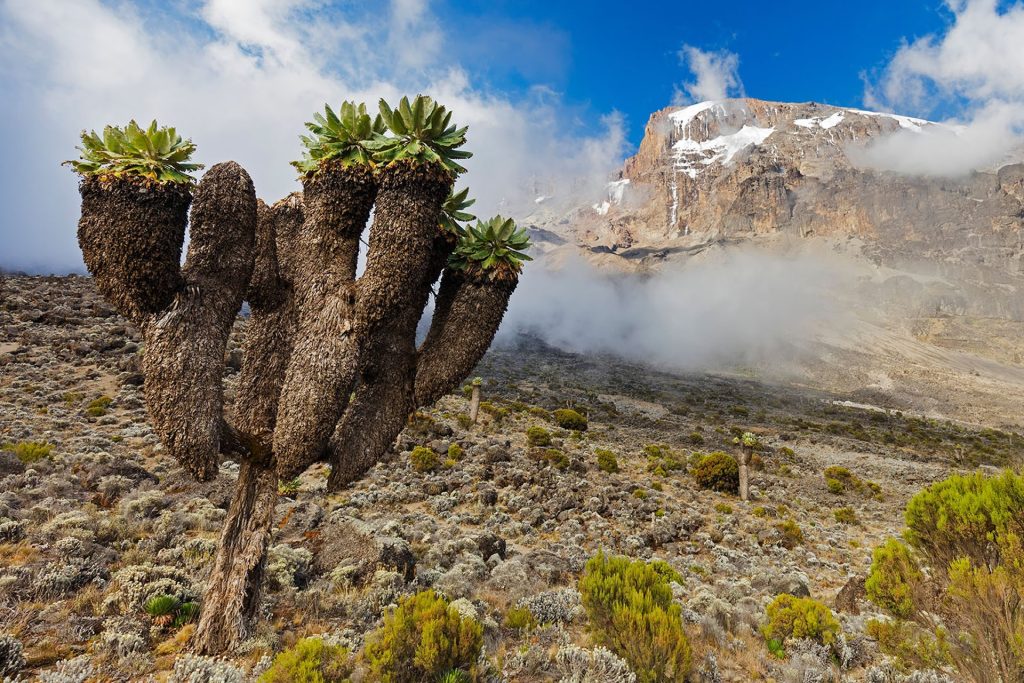

Kilimanjaro Climb
Book Hiking tours to Mount Kilimanjaro, The Roof of Africa, Best Prices Guarantee!
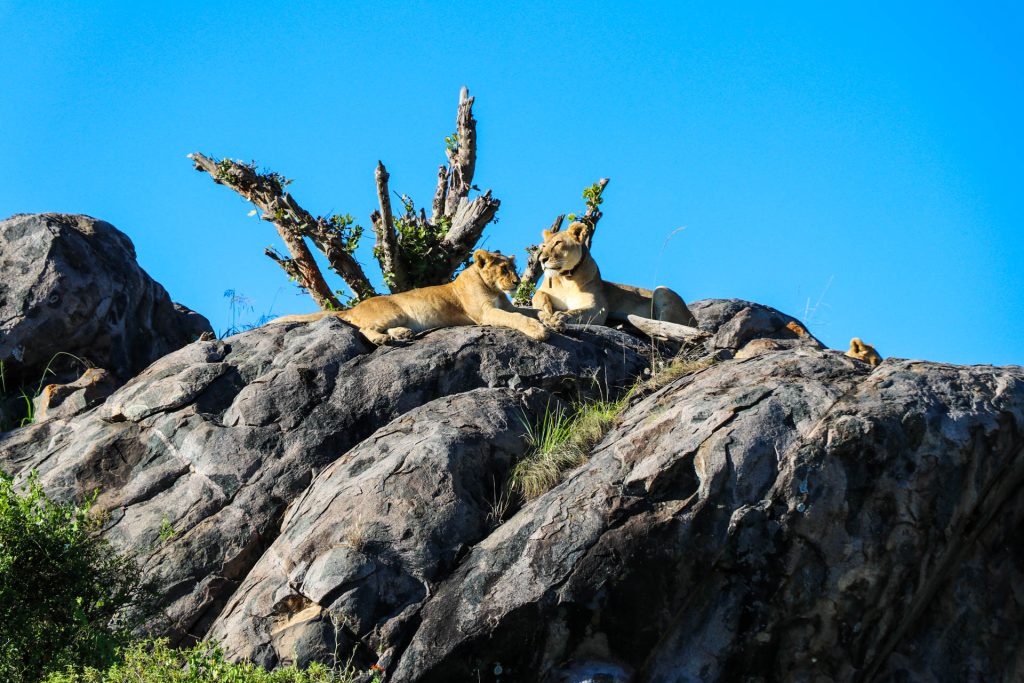

Tanzania Safari Vacations
Explore our Unforgettable Tanzania Budget, Mid-Range & Luxury Wildlife Safari.
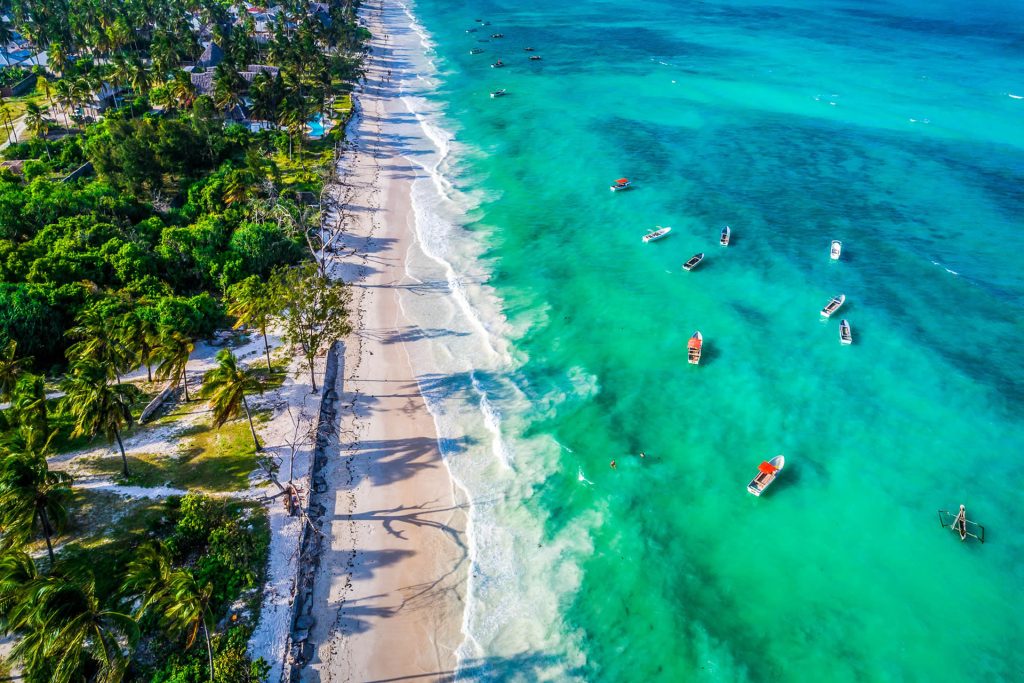

Beach Excursions
Visit Zanzibar Island and Coastal Tanzania for beach tours before and after a climb or safari.
ABOUT BOKER ADVENTURE…
Boker Adventure is a Tanzania Tours company located in Moshi town along the slope of Mount Kilimanjaro committed to offering local experiences such as Mount Kilimanjaro climbing experiences, Tanzania Wildlife Safari Experiences, Tanzania cultural tourism, bike tours, honeymoon, Air Ticketing and beach holidays. At Boker Adventures, we offer you a unique and comprehensive selection of Tanzania Private tours that are tailor made to suit your schedule and budget.
Please give us an opportunity to organize your African dream holiday!.





